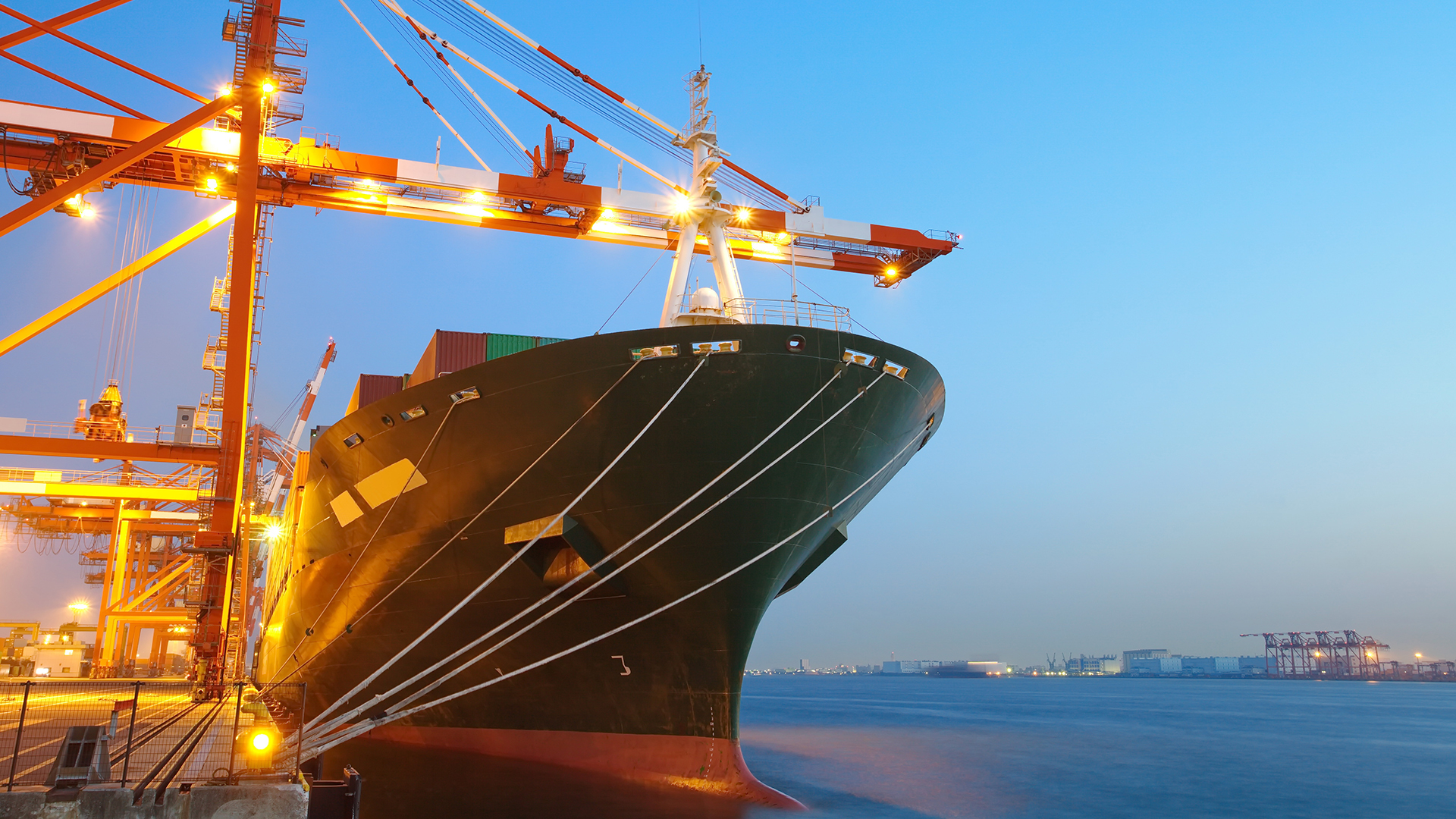As noted in our June 2024 Legalseas “What is a “ship?” article, the summary of the “ECO SPARK” Singapore High Court’s judgments is summarised below.
The claimant in the case had filed an admiralty claim in rem against the “ECO SPARK” for sums due from the owners pursuant to a contract to convert the “ECO SPARK” from a steel dumb barge (then known as “WINBUILD 73”) to a floating fish farm. The claimant also arrested the “ECO SPARK” on the basis that its claim was “[a] claim in respect of the construction, repair or equipment of a ship …” and that the Court’s in rem jurisdiction over the “ship” could be invoked. The owners applied inter alia to strike out the action and to set aside the arrest primarily on the basis that the “ECO SPARK” was not a “ship” within the meaning of section 2 of the High Court (Admiralty Jurisdiction) Act 1961 (“HCAJA”) and the General Division of the High Court was therefore not seized with admiralty jurisdiction.
The question that the Singapore High Court had to determine was therefore whether the “ECO SPARK” was a “ship” for the purposes of invoking the Singapore Court’s admiralty jurisdiction.
Under the HCAJA, an action in rem may be brought against the res – most frequently ships; and the word “ship” includes any description of a vessel used in navigation. “Vessel” is not defined in the HCAJA but under the Interpretation Act 1965 the term “vessel” includes floating craft of every description. It was common ground between the parties that the “ECO SPARK” was a floating craft and thus a vessel.
The owners’ application therefore turned on the definition of the phrase “used in navigation”– the Singapore High Court noted that this was an indispensable qualifier to the definition of a “ship” under various statutes across a number of jurisdictions.
The Honourable Justice S. Mohan took the opportunity to review the authorities from various jurisdictions, noting that the authorities were not always consistent – for instance, some of the earlier cases suggested that the assessment of whether a vessel is “used in navigation” looks to its actual use, while more recent cases suggest the answer depends on whether it is designed and capable of being used for navigation, irrespective of the actual current use. He favoured the approach of the recent cases: that the applicable test for whether a vessel is “used in navigation” depended on its design and capability of being used for navigation.
In the context of the HCAJA which confers admiralty jurisdiction, if a vessel is designed for and capable of being used in navigation, that should be a weighty consideration that that vessel falls within the definition of a “ship” under section 2 of the HCAJA, since the navigability of a vessel is what gives rise to the risk and danger of it having the ability to be removed from a jurisdiction (which in turn is one of the reasons a claimant would wish to invoke the Court’s admiralty jurisdiction to arrest a vessel).
The inquiry as to what is a “ship” is necessarily multi-factorial. The list of ship-indicia is not a short one, and the more of such characteristics that a vessel can check against, the more likely the vessel is a “ship”. At the same time, however, the failure to tick some of these boxes does not necessarily mean that the vessel cannot constitute a “ship”. Some examples of ship-indicia are as follows:
- Physical characteristics
- Having a keel, steering mechanism (e.g., rudder), navigation lights, ballast tanks
- Being manned by a crew
- Design and capability of being used in navigation
- To move or be moved from one place to another (element of direction)
- Degree of vessel’s stability (her seaworthiness – whether she can float or withstand the perils of the sea while moving or being moved across the surface of the water)
- Unwieldiness (manoeuvrability)
- Stationariness (the degree to which the vessel is moored or secured to land)
- Past use, especially if the base design and structure remain the same (NB: Justice Mohan additionally proffered the view that the actual current use of the vessel in navigation is not essential)
- Classification or certification of a vessel as a “ship”
- This is an important indicator pointing to the vessel being a “ship” and one that is “used in navigation” as this means the entity responsible for such classification would have determined that the vessel is in a seaworthy condition and compliance with its requirements as to sea going vessels
- The existence of registration to a flag state is not determinative although the absence of such registration is also an indicator
At the minimum, and in line with the indispensable qualifier “used in navigation”, the inquiry should be directed toward the capability of the vessel to be used in navigation as a matter of its capability (based on its physical design and construction) instead of its actual current use: Is the vessel navigable and built to withstand the perils of the sea?
In this case, the Singapore High Court was tasked with weighing a balance of various conflicting factors:
- Physical characteristics were contrary to ship-indicia: The “ECO SPARK” had no engines and was not capable of self-propulsion. She did not have any navigational equipment on board or any conventional navigational lights. She also was not manned by a master or any seafaring crew, and did not transport any persons, cargo or objections from one place to another. Notwithstanding that these factors were contrary to the ship-indicia indicated above, Justice Mohan nonetheless found that the “ECO SPARK” was a “ship”.
- Past use as a barge: Primarily, the floating fish farm “ECO SPARK” was built on top of the existing structure of the barge. For all intents and purposes, there was no significant change to the basic physical structure or design of the vessel such as to render her (post-conversion) to no longer be navigable. The vessel, in its past life as a barge, undoubtedly fell within the definition of a “ship” under section 2 of the HCAJA as it had been capable of being used in navigation before any conversion works began. In this regard, the past use of the vessel was a relevant consideration.
- Capability of being used in navigation: There were activities commonly associated with seagoing ships: After conversion works began, the “ECO SPARK” was towed to Singapore without any issue – her voyage to Singapore was undertaken in open waters which required the vessel and the tug to cross the Singapore strait and be exposed to the elements over tens of nautical miles.
- Port clearance obtained: The vessel’s local agents declared the “ECO SPARK”’s arrival in the Singapore port authority’s ship information database and it stands to reason that the vessel had to obtain arrival port clearance from the port authorities.
- Classification with Bureau Veritas ("BV") and the Singapore flag whilst undergoing voyage under tow: Although the “ECO SPARK” was, as at the time of the commencement of the in rem admiralty claim, de-registered from the Singapore ship registry and was not registered with any flag state, she had, whilst undergoing her voyage under tow from Batam to Singapore in February 2022, been classed with BV and flew the Singapore flag. In connection with this, the vessel had been certified by BV which described her as a “ship” (specifically a “pontoon”) capable of “unrestricted navigation”, for the purposes of the voyage under tow.
- Requirement to maintain BV class status: There was evidence that the vessel needed to continue maintaining her BV class status throughout the course of her usage as a floating fish farm. Justice Mohan took note of inter alia the terms of the conversion contract which required her to be converted in accordance with Singapore flag requirements and BV class requirements, and to be subsequently assigned a BV classification notation. The necessity for the vessel to maintain her class was to ensure the vessel’s (or at least her hull’s) structural integrity and seaworthiness.
- Regulatory purview: Further, the Maritime and Port Authority of Singapore (MPA) also considered the “ECO SPARK” to remain under their regulatory purview even as a floating fish farm.
- Removable / retractable spuds: The fact that the “ECO SPARK” was spudded down does not mean she is no longer navigable. Here, the spuds were removable and retractable such that the vessel was not permanently stationary. She may have been required under the terms of her licence to move if she was a hazard to navigation or other planned sea usage. This indicates that she was still capable of being moved.
Finding that the “ECO SPARK” was a “ship” within the meaning of section 2 of the HCAJA, the Singapore High Court found that it was therefore seized with admiralty jurisdiction. The owners’ application to strike out the action and to set aside the arrest was consequently dismissed.
Concluding words
The inquiry as to what is a “ship” is necessarily multi-factorial. Ultimately, one must necessarily consider the specific and unique circumstances of each case in considering whether the Singapore High Court’s admiralty jurisdiction can be invoked. That said, the Court’s observations and clarifications in this judgment are no doubt useful in guiding one’s analysis on whether a floating craft ought to be considered a “ship” for the purposes of invoking admiralty jurisdiction.
Particularly since the claimant in an in rem action bears the onus to establish (to the standard of the balance of probabilities) the jurisdictional fact of whether an object is a “ship” as defined in the HCAJA, the clarity provided the Court on what is a ship greatly enhances the certainty of when the Singapore High Court’s admiralty jurisdiction may be invoked, and consequently, the attractiveness of Singapore as a jurisdiction for proceedings against ships.





